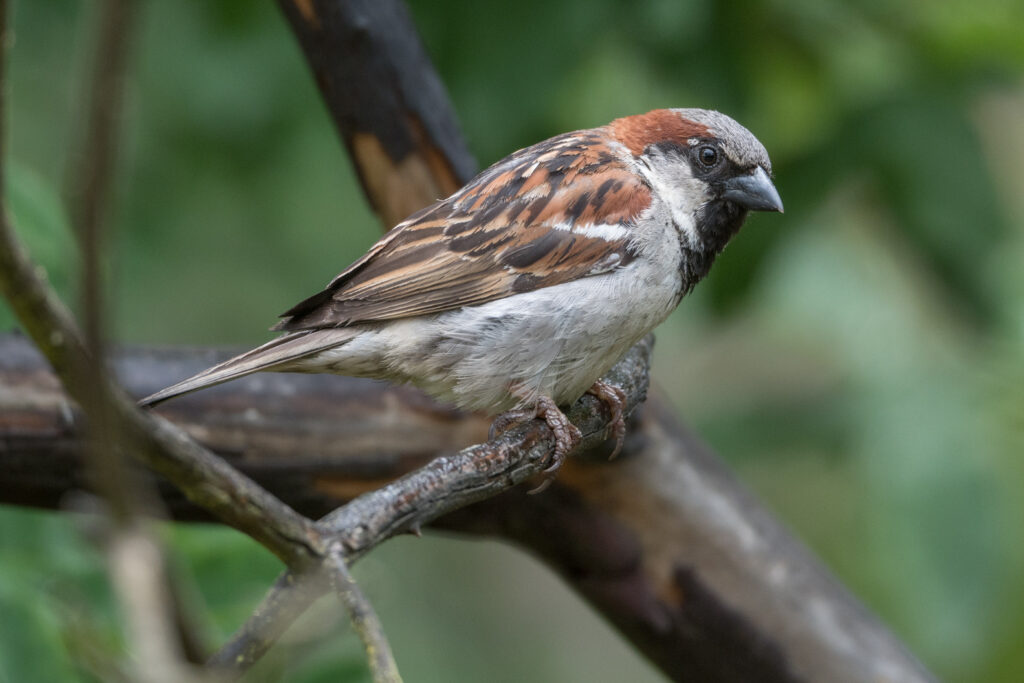I had yet another fruitful day of bird observations and photography on June 14, 2021. The day was heavily overcast with intermittent drizzle, reducing the amount of light for photography but at the same time giving everything a very even light with no shadows.
I began my day photographing a female Rufous hummingbird and ended my day photographing a female Anna’s hummingbird, both feeding on salvia, a great hummingbird attractant!
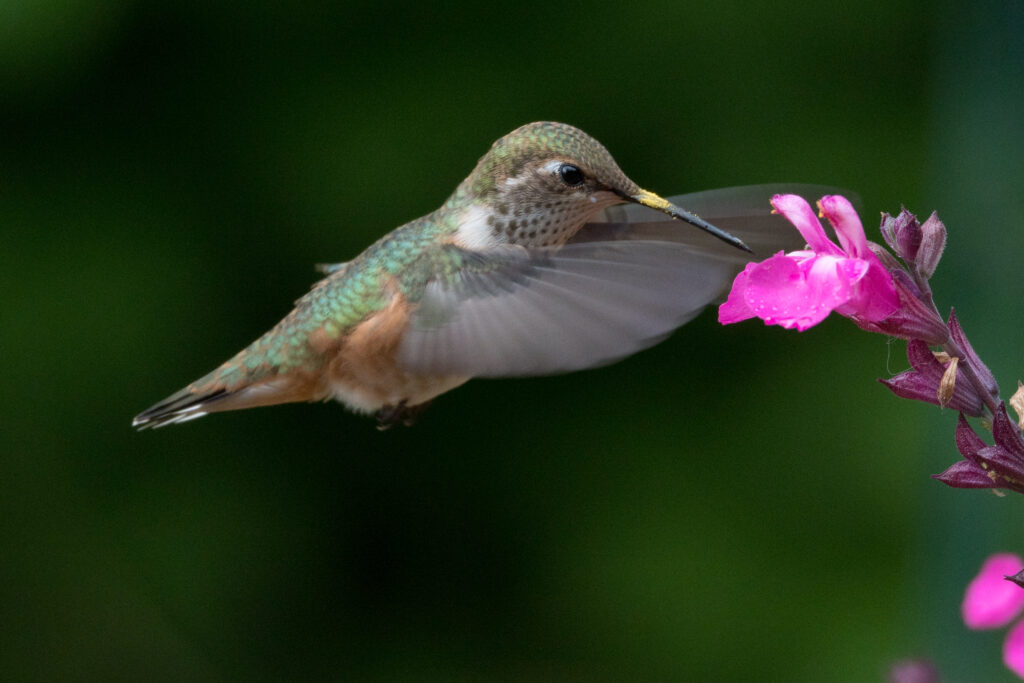
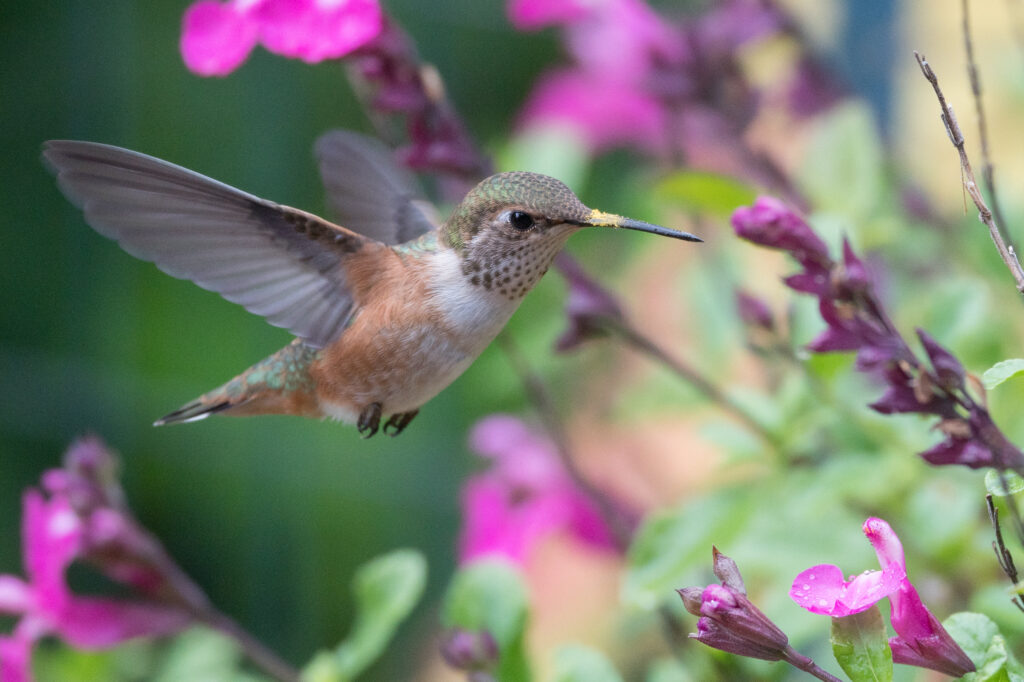
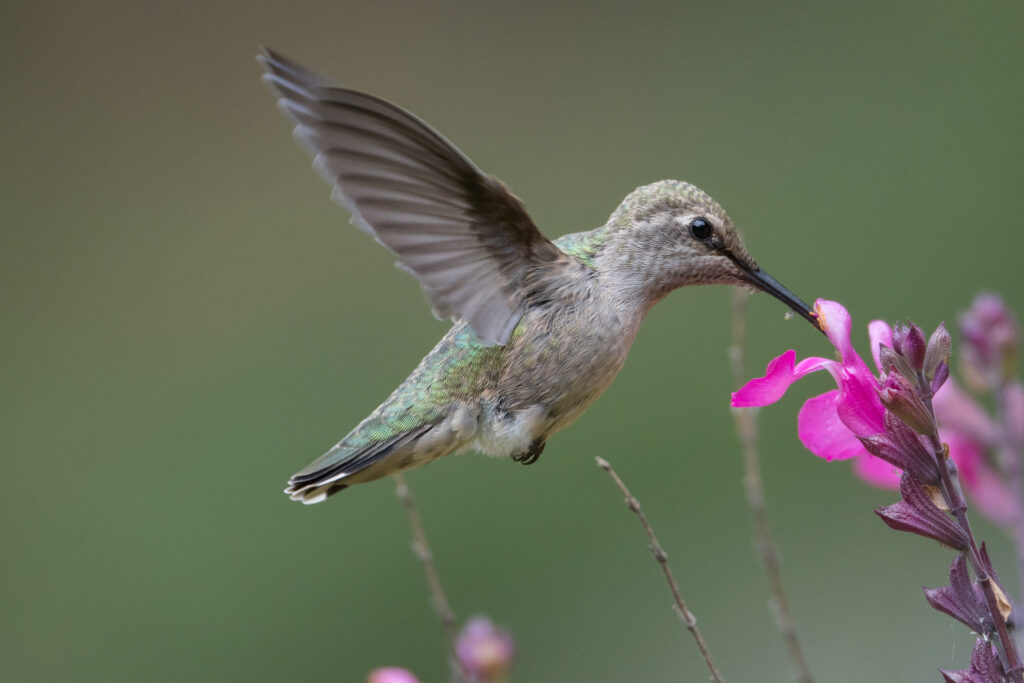
The previous day (6/13) I observed our first juvenile California quail… they seemed a little large for our not having seen them previously but I had obtained only a brief distant view of them. On this day, however, a covey was in full view… and it was not the same covey… these were much smaller! I watched as the covey scurried about the yard. At one point an adult female brought the covey to within about ten feet of me as I sat, very uncharacteristic of the caution usually exhibited at this stage of the juveniles’ development. One of the chicks apparently separated from its siblings and wandered around the yard by itself for a while, apparently oblivious to the dangers it faced. It finally took up with another pair of quail that had no chicks, so we had a pair of quail running around with only one chick! I’ve noticed in the past that the parents apparently take care not to mix coveys, perhaps for just this reason.
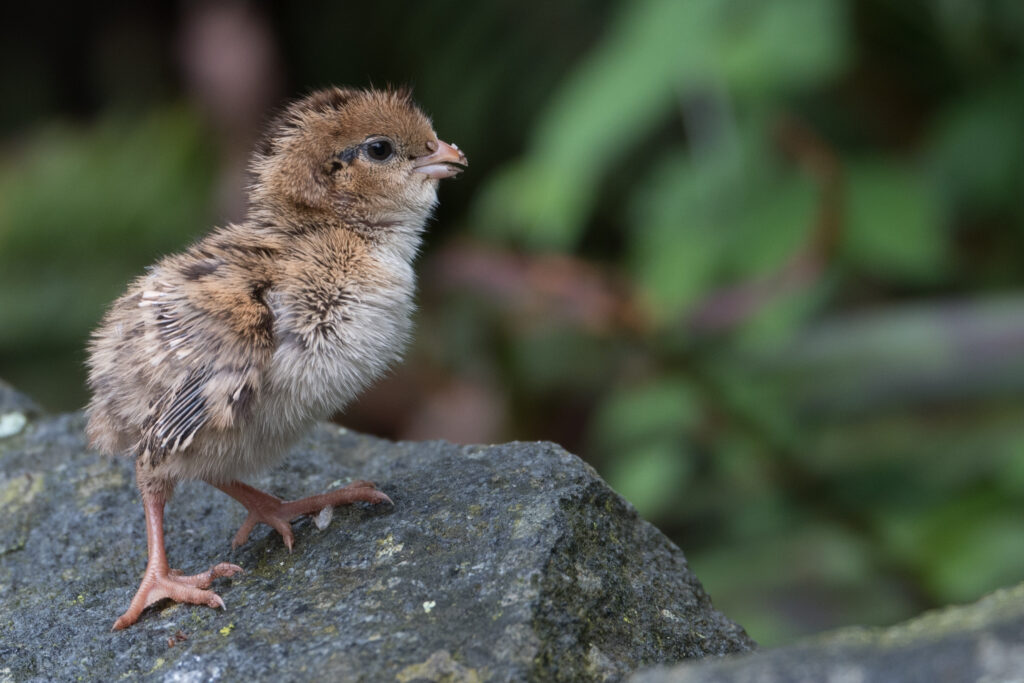
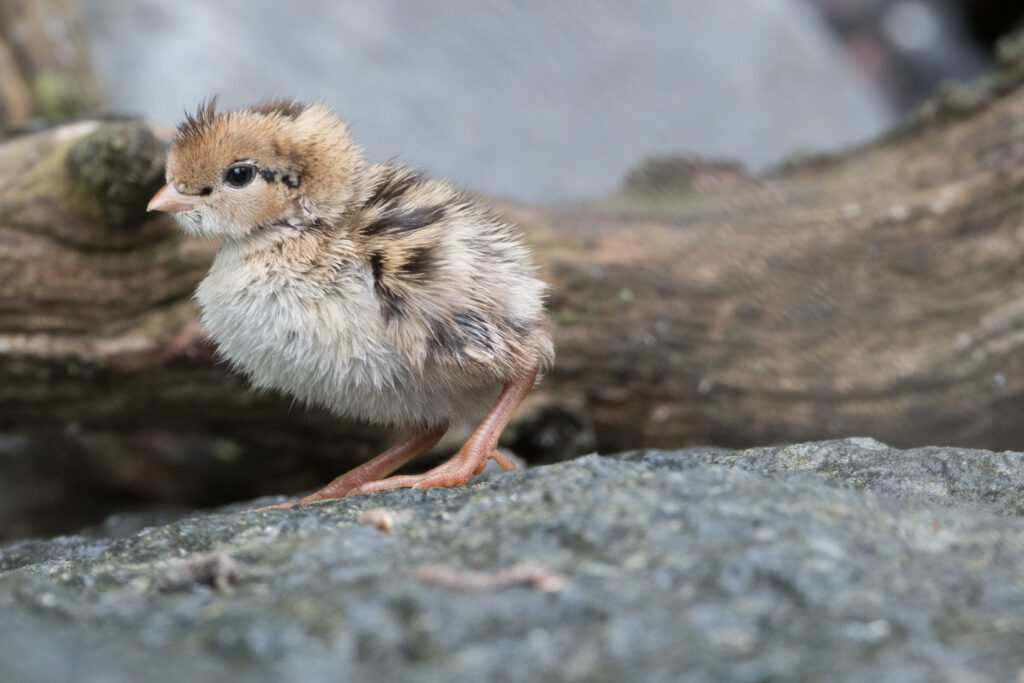

While I was busy photographing the juvenile quail a male Black-headed grosbeak flew into the yard and landed at a location in full view, not its usual practice. I was able to take several photos of it before it flew to a feeder.
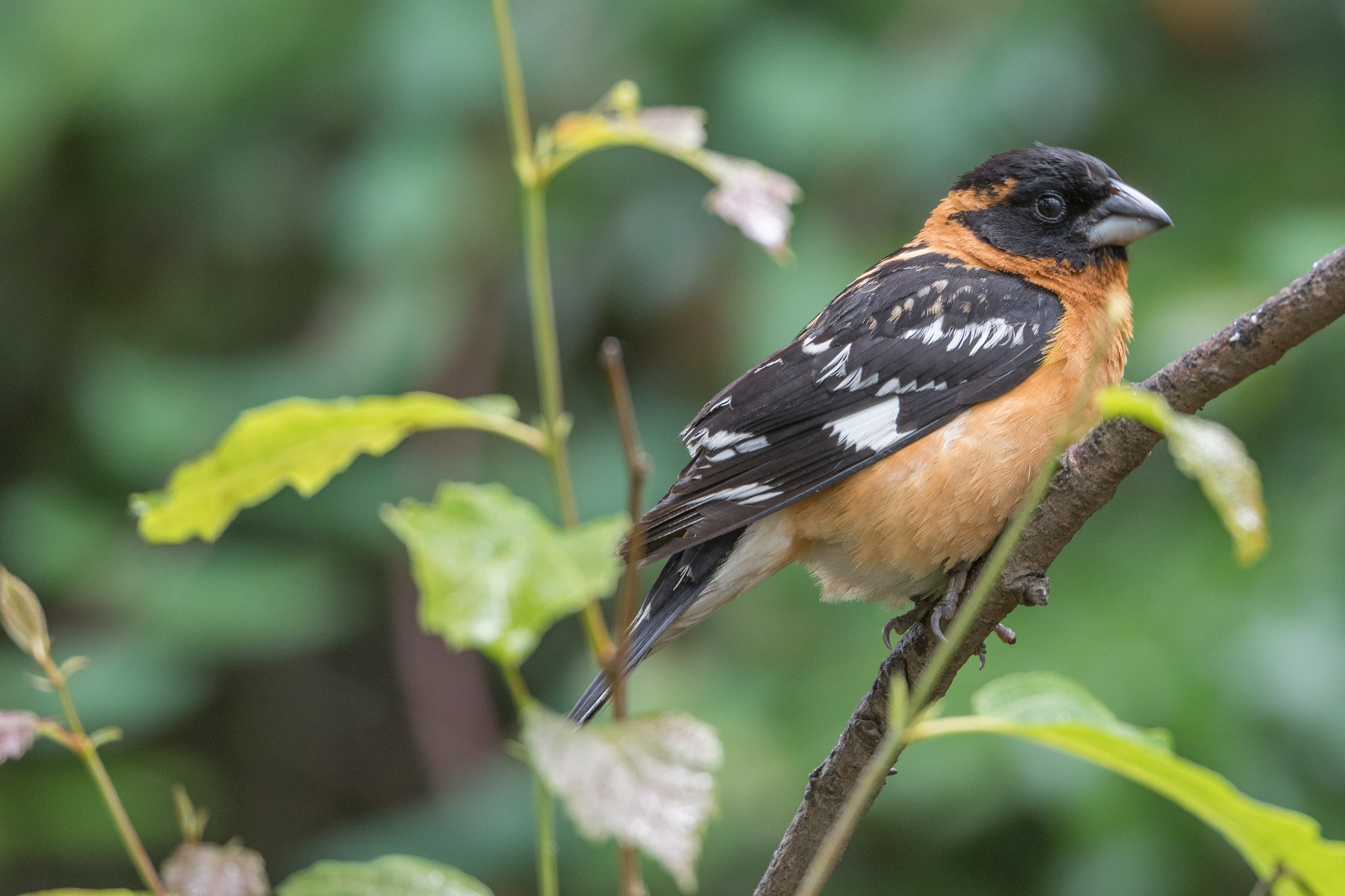
I next noticed that our resident House wren was finally using a staging stick I had placed next to the bird house it was using. For a long time the wren had ignored the stick and used the top of the bird house for a perch. I moved to an advantageous position and took many photos of the wren moving around the staging stick. Interestingly the pair of House wrens had moved into the bird house almost immediately after a family of Black-capped chickadees had moved out, and I had watched as one of the wrens spent the better part of a day disassembling the chickadee nest inside and throwing the pieces out the door! It was fun watching the wren bringing sticks that were 6-8″ long and trying to maneuver them inside the one inch diameter door. As it is there are two or three sticks left sticking out the door! The wrens’ nest materials are much cruder than than those used by the chickadees, so I am anxious to see what the inside of the house looks like when the wrens leave.
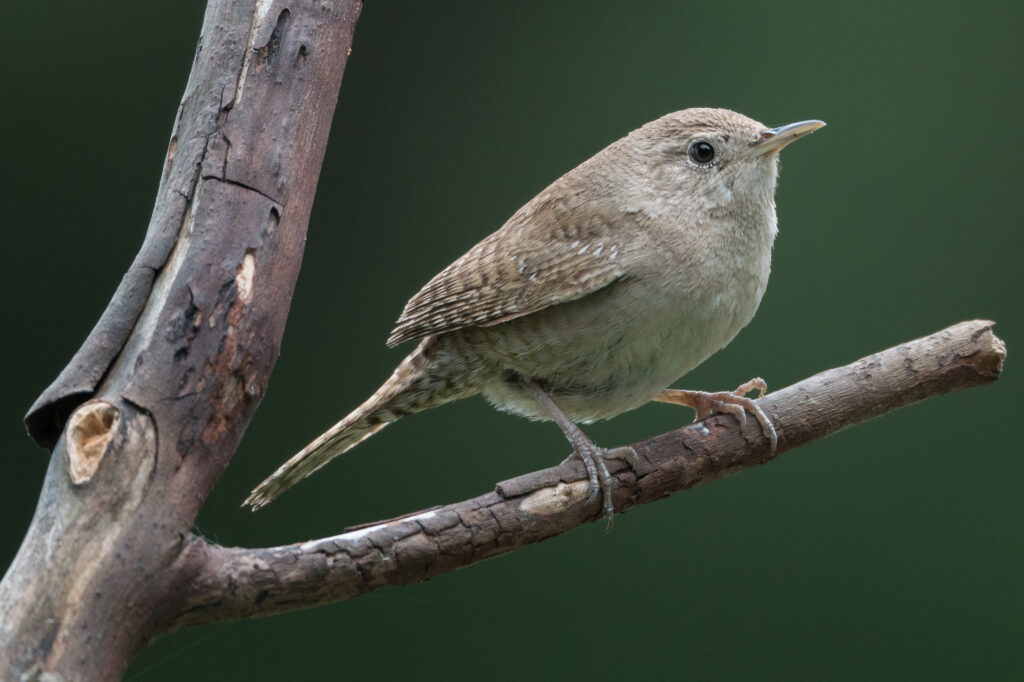
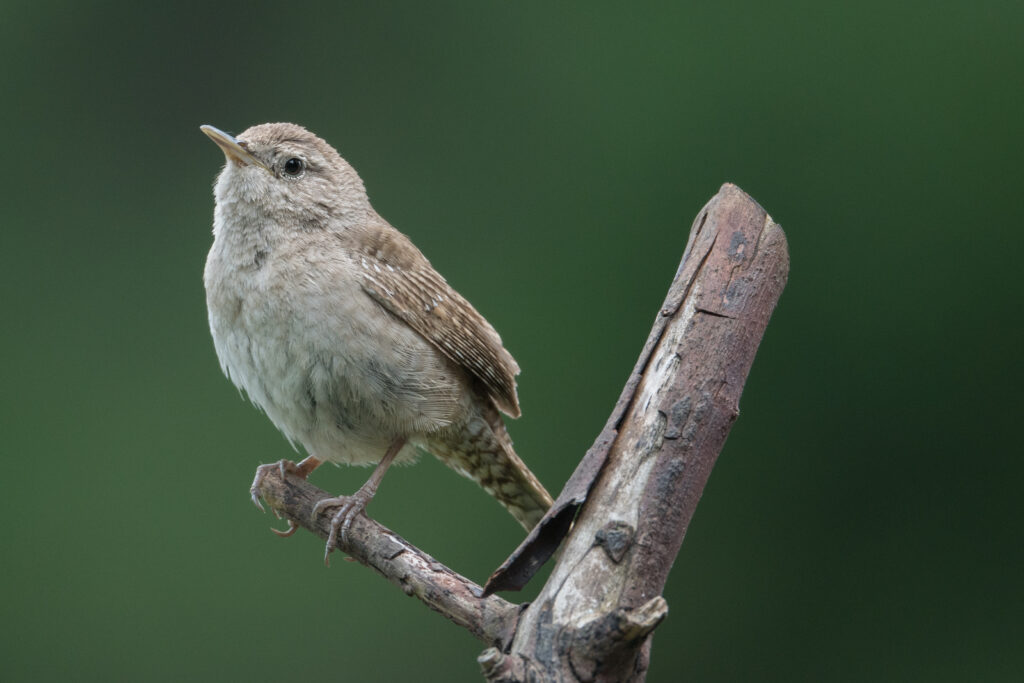
All in all it was a great day from a photography standpoint… so good that I’m even including this photo of a male House sparrow!
